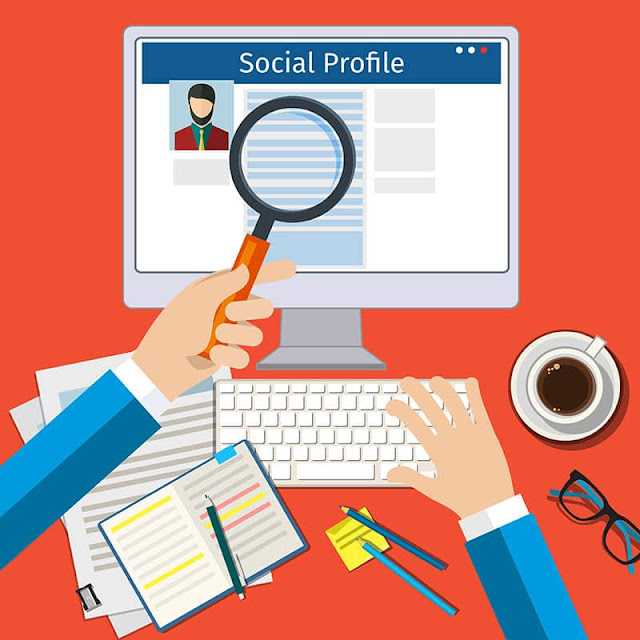Is It Time to Embrace Emojis in Your Business Marketing?
Emojis are wildly popular on social media and personal correspondence but should they be used in business emails and posts? The answer might surprise you.
Emojis are mini depictions of emotional responses, everything from smiley faces to high fives. 92% of online consumers admit to using them in some capacity, while 30% of Millennials admit not being able to go a day without them. Why the need for them? They communicate an emotion quickly, especially helpful in social media where space and attention span are limited, and it’s something people identify with.
In 2015 alone, the use of emojis in marketing increased 777% but should you join them? The answer, of course, depends. It depends on a few things like:
- Your business/industry
- Your ideal customer or client demographic
- Personal communication versus company-wide marketing
Business/Industry
It goes without saying that some industries are simply not receptive to this type of emotion-based communication, banking and financing come to mind. The funeral industry is also probably not a strong contender for emoticons.
Demographics
Most marketers understand Millennials love emojis (75.9% of 25-29-year-old identify as “frequent users”) but what about other generations? 62.3% of those surveyed over 35 years old considered themselves “frequent users” of emojis, while 28.6% identified as occasional users. Only 8.1% of people over 35 said they were non-users of emojis.
Personal Communication Versus Business-Wide Communication
How you communicate as a business professional should be different than how you communicate as a business in your marketing. For instance, an emoji in a subject line to a customer about your next sale may be very intriguing. An emoji in the subject line for a report you’re sending to a manager or a board member probably isn’t.
In a study published in the journal of Social Psychological and Personality Science, researchers found that using smiley face emoticons makes you look incompetent. The study reads, “The adverse effects of smiley use are moderated by the formality of the social context and mediated by perceptions of message appropriateness."
Using emojis for business is fine (assuming it fits your demographic and industry) but should probably be used for marketing purposes only. Should you feel tempted to use them in non-marketing, professional situations, take a cue from the higher ups. If you’re the business owner and like them, go for it. If not, base your usage on that of the people you report to.
Good Uses for Emojis in Business Marketing
If you’re going to use emojis in your business marketing, here are a few suggestions:
- Use emojis in a subject line to customers or potential customers.
- Use emojis in a social media post.
- Create a signature emoji for your company and use it as a hashtag.
- Use a signature emoji to place an order like Domino’s did.
- Ask customers to use emojis to describe their service or experience with you. It’s less of a time commitment than writing a review. Emotion can also be read easier.
If you’re considering using more emojis in your business make sure you do it in an acceptable way. They’re widely popular and some studies have even noted that the human brain views them the same as seeing a face mirroring the emotions. Just make sure you use them to delight your audience, not doing something purely because others are making the switch.
Christina R. Green teaches small businesses, chambers,
and associations how to connect through content. Her articles have appeared in
the Midwest Society of Association Executives’ Magazine, NTEN.org,
AssociationTech, and Socialfish. She is a regular blogger at Frankjkenny.com and the Event Manager Blog.
She’s a bookish writer
on a quest to bring great storytelling to organizations everywhere.




Comments
Post a Comment